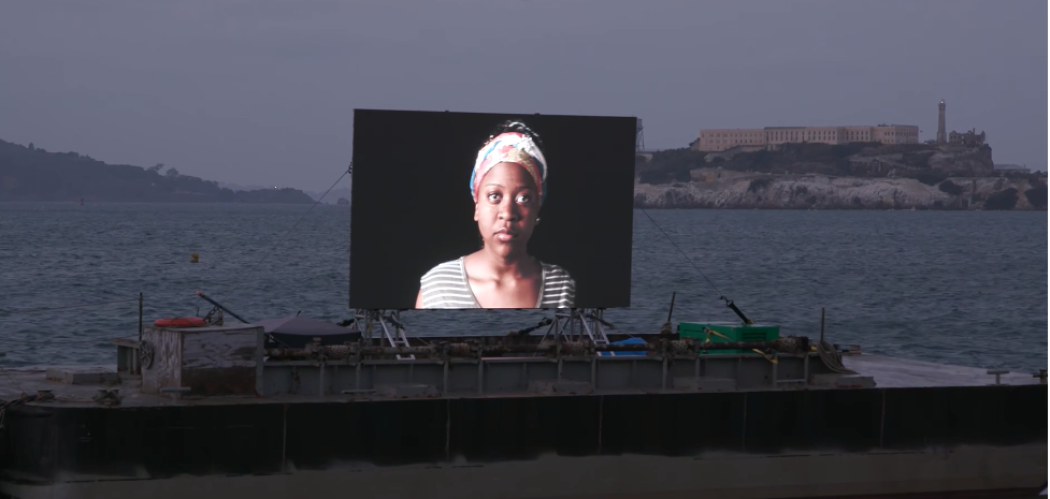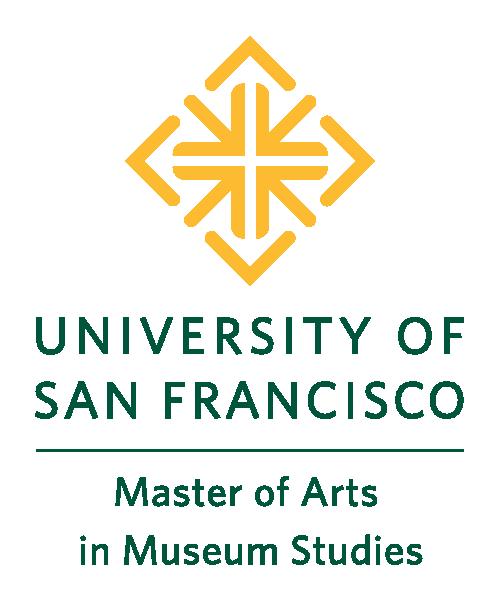by Vincent Sulit (MA, 2017)
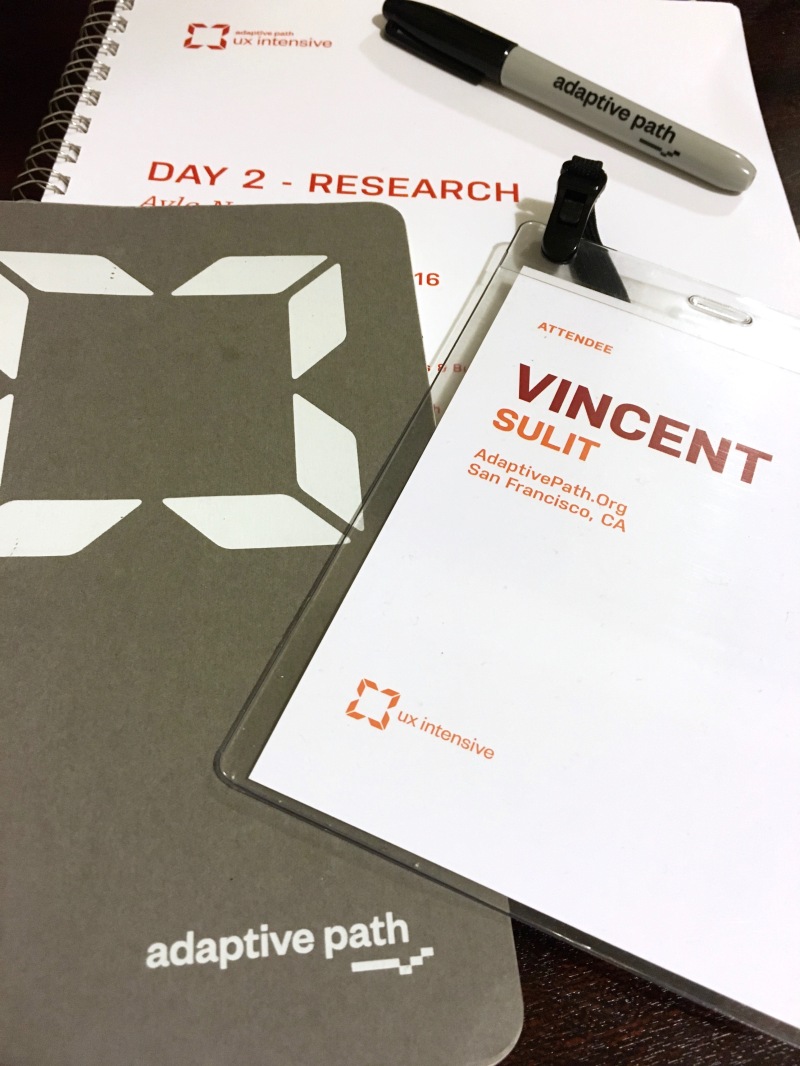
UX intensive 2016 workshop materials
Ever wonder where the term “blog” started? It’s one of many things I learned this summer during my internship at AdaptivePath.Org. In conducting research for one of my projects, I spoke with Peter Merholz, who coined the term “blog” in 1999. Peter, along with six other individuals, founded Adaptive Path as a user experience consultancy in 2001. I spent the summer working closely with the Head of AdaptivePath.Org, Anel Muller, to develop a curatorial project plan and create an exhibition on the evolution of Adaptive Path.
Adaptive Path started as a UX consultancy building upon on a set of founding principles that include advancing the field of user experience and being practitioners as well as theoreticians. With this in mind, the firm produces conferences and events such as UX Week, one of the longest running and most popular conferences dedicated to user experience. Adaptive Path branded publications that focus on integrating theory and practice include: Subject to Change (2008) and Guide to Experience Mapping (2013). Other notable publications by individuals from Adaptive Path include the Elements of User Experience (2002, 2010) by Jesse James Garrett; Mental Models (2008) by alumna Indi Young; and Org Design for Design Orgs (2016) by Peter Merholz and Kristin Skinner.
Adaptive Path was acquired by Capital One in 2014. AdaptivePath.Org was born out of Capital One Community Affairs in 2015. AdaptivePath.Org’s mission is to “transform communities by design.”
My summer internship began with an onboarding at Capital One headquarters in Richmond, Virginia. The agenda included program orientation, networking, team building activities, and a trip to the Science Museum of Virginia.
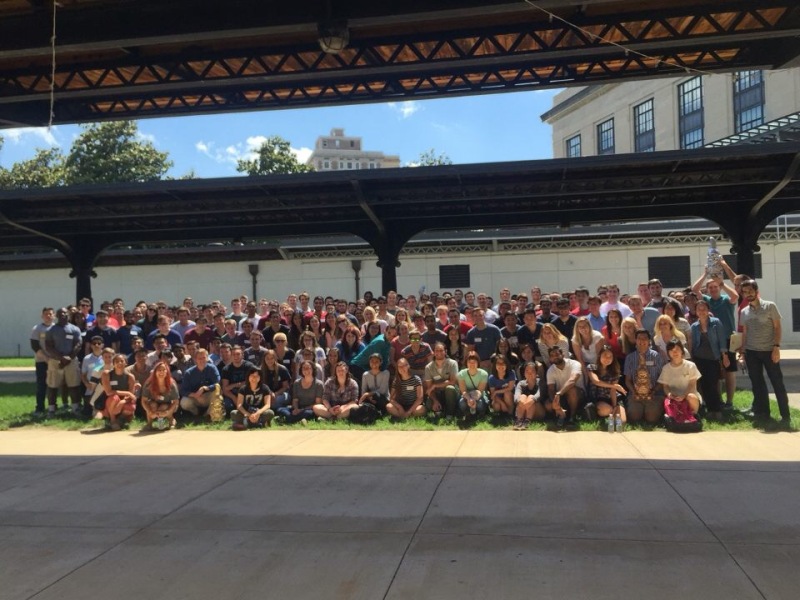
Capital One Design, Project Management, and Tech interns at the Science Museum of Virginia. Photo credit: Shannon Kalmbach
After learning about the Capital One’s history and getting acquainted with the 2016 summer internship class, it was back to San Francisco to begin the 11-week journey of curating an exhibition on the history of Adaptive Path. Upon recommendation of my supervisor, I attended an all-day workshop on Design Research at Adaptive Path’s UX Intensive event, with the goals of learning and applying human-centered design to the discovery phase of my curatorial project plan.
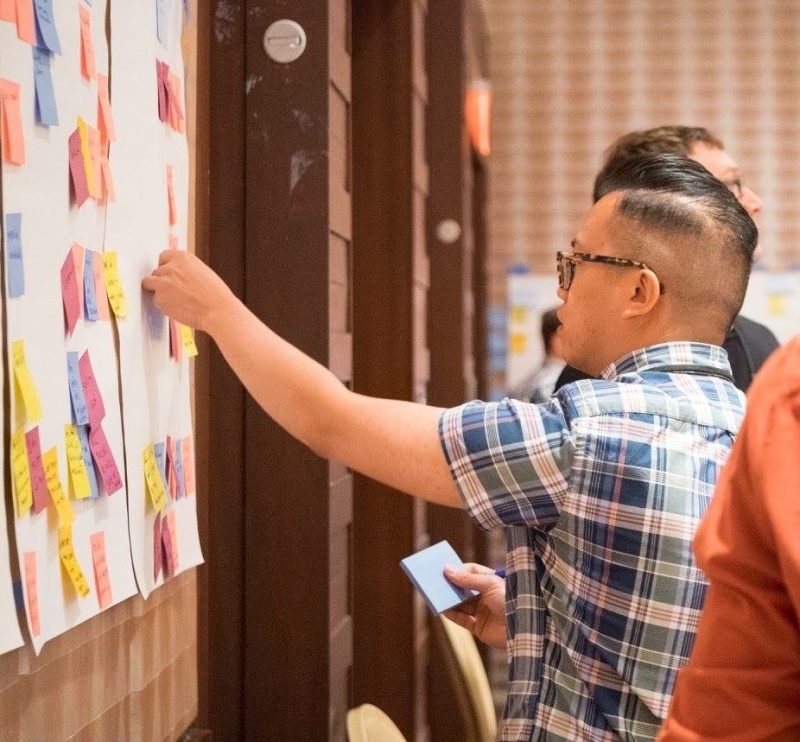
Ideation exercise at UX Intensive 2016, Washington, D.C. Photo credit: Iran Narges
From this workshop, I learned that human-centered design focuses on user empathy. In relation to this curatorial project, the user is the exhibition’s audience. Instead of imposing a top-down curatorial view, I listened to the exhibition’s audience, Adaptive Path staff. In addition to quantitative research, I focused on qualitative research in conducting interviews. I applied the synthesis of this research to the selection of objects for display in the exhibition.
The potential impact of this project preserves Adaptive Path’s history and tells the story of Adaptive Path’s evolution from UX consultancy, to design consultancy, and its current state with Adaptive Path at Capital One, Adaptive Path Events and AdaptivePath.Org. This exhibition highlights the people who have shaped the company into what it is today through the display of historical photographs with descriptions. The company’s milestones are illustrated through a detailed timeline. The sharing of knowledge produced by Adaptive Path is exemplified by wall labels with content generated from interviews. The exhibition will be installed in the library space of Adaptive Path’s office.
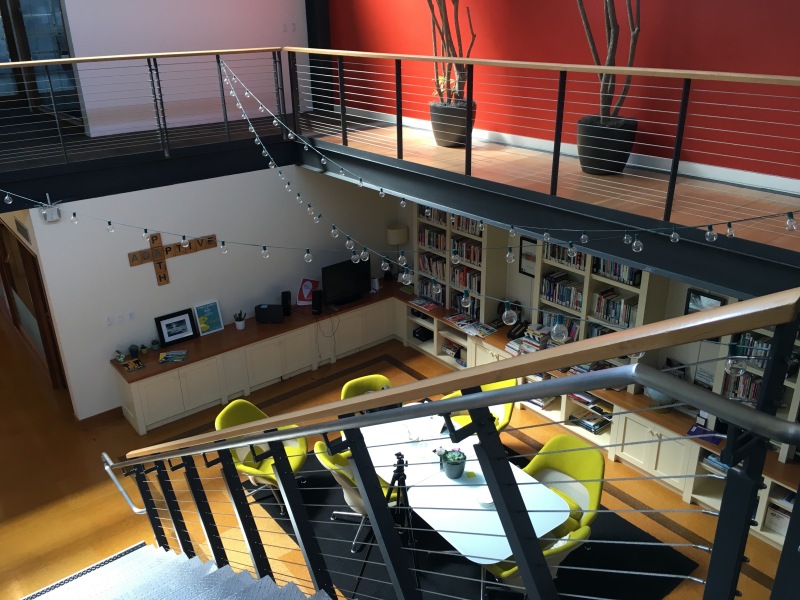
Adaptive Path Library
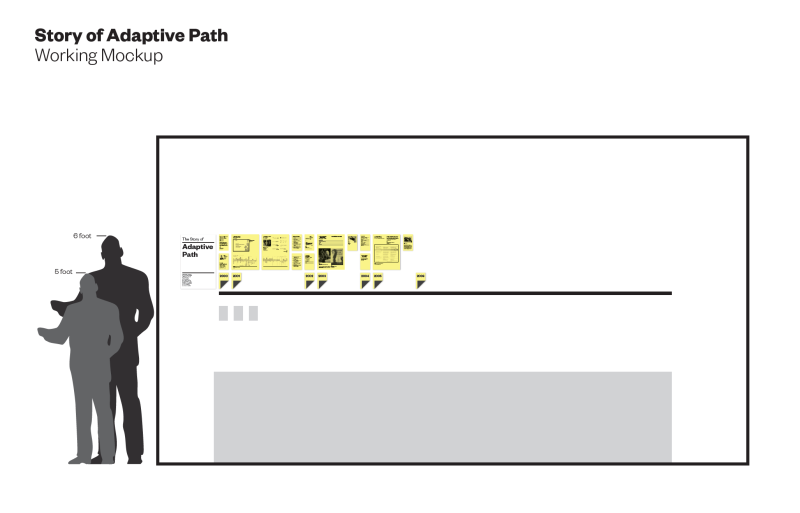
Elevation design by Patrick Perkins
I’ve talked about design research and curating, but you may still be wondering about Mei Mei. Adaptive Path’s pet-friendly office may perhaps be a part of the organization’s entrepreneurial start-up spirit that reflects Adaptive Path’s culture. Additionally, a pet-friendly office can result in great photos of puppies, as illustrated below by Mei Mei, puppy-in-residence during my time at Adaptive Path.
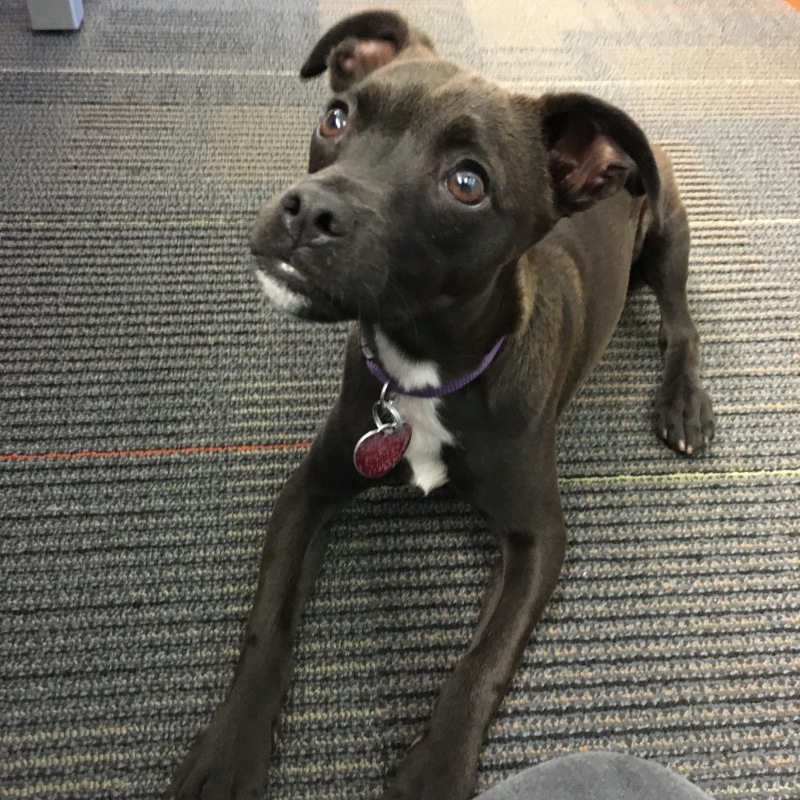
Mei Mei, puppy-in-residence 2016
Follow AdaptivePath.Org on Twitter and Instagram: @APdotorg
To learn more about University of San Francisco’s graduate museum studies program, click here.
